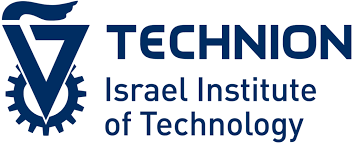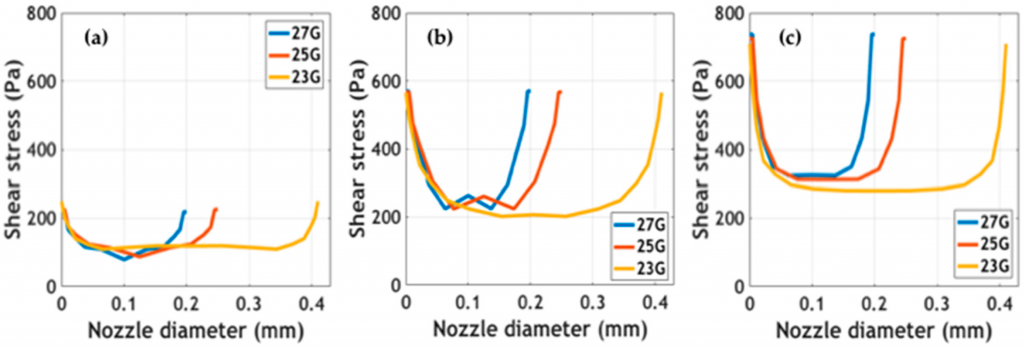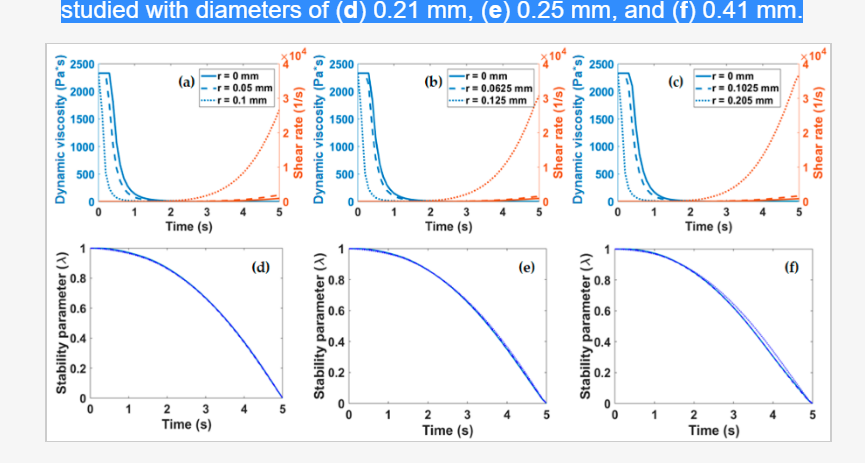 Bioprinting is one of the hottest forms of 3D printing today, and with good reason, as it offers substantial impacts in the field of medicine. Now, the Technion-Israel Institute of Technology has built an entire center dedicated to bioprinting cells and tissues, recently inaugurated in the Faculty of Biomedical Engineering in Haifa.
Bioprinting is one of the hottest forms of 3D printing today, and with good reason, as it offers substantial impacts in the field of medicine. Now, the Technion-Israel Institute of Technology has built an entire center dedicated to bioprinting cells and tissues, recently inaugurated in the Faculty of Biomedical Engineering in Haifa.
The head of the center is Professor Shulamit Levenberg, also the faculty dean. Levenberg states that this new center of innovation—expected to propel the department into ‘new areas’— will be open to Technion scientists and researchers, along with others who are interested in using their new resources. Levenberg encourages individuals to use the lab because she understands that more projects within the center mean advancement for bioprinting overall.
While much about 3D printing is extremely creative, experimental, and even whimsical, the research studies emerging regarding bioprinting demonstrate the ability to cause significant and extremely positive change in medicine.
Their teams are currently developing ‘complex and precise artificial tissues that significantly improve their integration in the target organ.’ The Technion recognizes that scientists are showing ‘dizzying progress’ and their researchers are no exception, especially with the developing of new hardware that converts CT data into files for bioprinting.
“We have many sophisticated tissue printers at the Technion, but this a bioprinter that prints biomaterials and cells,” Levenberg said in a recent interview.
“The printer has different printing heads, each with a different feature such as temperature or UV light. The idea is that you can polymerize the bioink while you print,” she explains. “You start with liquid and while printing, you can solidify it in order to be able to make it a structure. So the material, the bio-ink, can be polymerized either by a change of temperature, UV light, light or by mixing different components,” she says.
Because the Technion offers such a strong emphasis on engineering, medicine, and life sciences, Levenberg sees the center as a logical addition that will allow their researchers to move forward significantly:
“I think it’s a very important step especially in the tissue engineering and biomaterial field because people now realize that the printers are important for engineering tissue for transplantation,” Levenberg says, adding that before they can fabricate organs, they first must master bioprinting tissue for implantation to replace damage.
So far, Levenberg has developed complex structures for bioprinting that are able to absorb into the host upon implantation. Her focus has been on finding the correct materials, in the form of bioink. There are several critical studies ongoing at Technion right now:
“We’re working on different types of tissues so we’re hoping for more results soon. For example we have a projects on developing tissues for bone and spinal cord repair, engineering muscle or pancreas tissues and also blood vessels.”
The term tissue engineering is just as important—and heavy hitting in the world of science today—as it sounds. Significant research is being performed toward the ultimate goal of 3D printing human organs, but along the way scientists have discovered many other important ways to bioprint. Many new methods and use of materials have the potential to change patient’s lives for the better, whether through 3D printed cardiac patches, progressive dental implants like alveolar ridge grafts, or bioprinted corneas.
Find out more about 3D printing and living cells here. What do you think of this news? Let us know your thoughts! Join the discussion of this and other 3D printing topics at 3DPrintBoard.com.
[Source / Images: nocamels]







